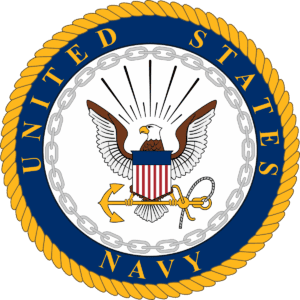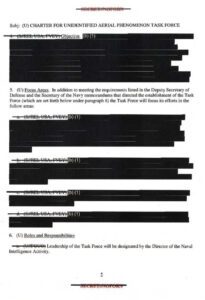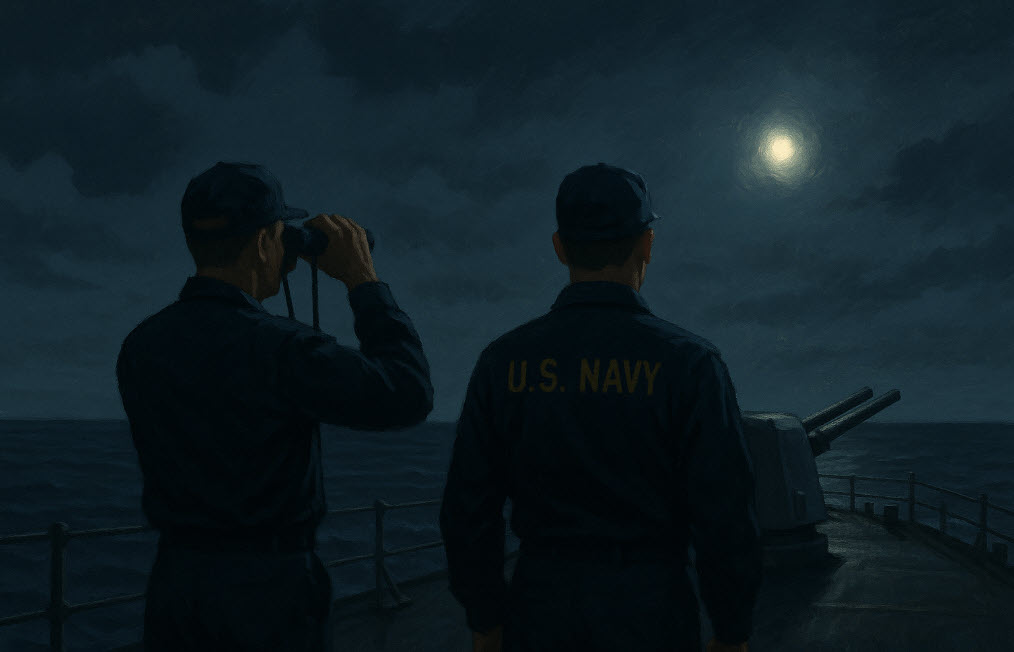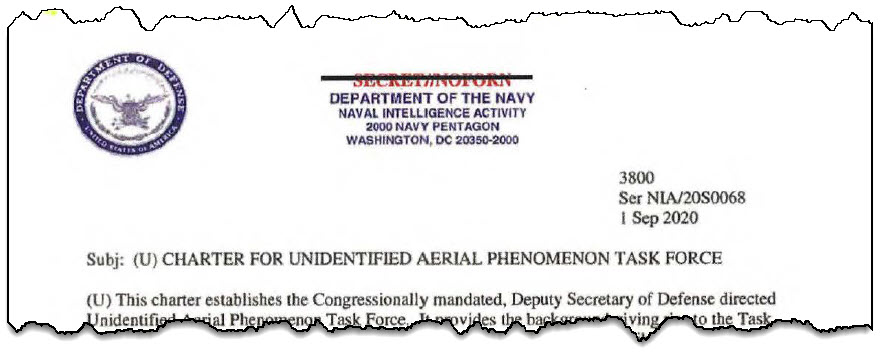 Nearly five years ago, The Black Vault filed a Freedom of Information Act (FOIA) request with the Department of the Navy seeking answers about a then-newly formed Pentagon effort to study unidentified aerial phenomena.
Nearly five years ago, The Black Vault filed a Freedom of Information Act (FOIA) request with the Department of the Navy seeking answers about a then-newly formed Pentagon effort to study unidentified aerial phenomena.
Filed on August 14, 2020, the request (FOIA case DON-NAVY-2021-003140) sought records “pertaining to the creation of this UAP task force,” and specifically requested mission statements, internal emails, memos, and letters tied to its formation.
Now, after a lengthy delay, the Navy has released a heavily redacted set of documents that offer a rare look inside the classified origins of the Unidentified Aerial Phenomena Task Force (UAPTF), revealing a scope and structure far more intricate than previously disclosed.
The released package, dated April 22, 2025, confirms the existence of a highly classified UAPTF charter document originating from the Naval Intelligence Activity (NIA) and signed in September 2020.
It outlines the task force’s mission, objectives, and reporting structures — many of which remain obscured under national security classifications.
According to the document’s unclassified introduction, the UAPTF was a “Congressional mandated, Deputy Secretary of Defense directed” entity. Its stated purpose was “to create a single entity tasked with working across the Department of Defense, and with the Intelligence Community (IC) and the Interagency, to develop and execute plans to collect, exploit, and analyze operational and scientific and technical data on unexplained Unidentified Aerial Phenomenon (UAP), currently posing a threat to U.S. National Security.”
The task force’s mission, as partially revealed, included efforts “to detect, analyze, catalog, consolidate and exploit advanced non-traditional aerospace vehicles currently posing an operational threat to U.S. National Security and avoid strategic surprise.”
 Despite the scope and sensitivity of the UAPTF’s charter, a large portion of the document remains classified. Redactions were applied under FOIA Exemption (b)(1), covering “information properly and currently classified in the interest of national defense or foreign policy,” as well as (b)(6), protecting personal privacy. Specifically, the Navy cited Executive Order 13526, Section 1.4 (a), (c), and (g), which pertain to military plans, intelligence activities, and vulnerabilities of systems.
Despite the scope and sensitivity of the UAPTF’s charter, a large portion of the document remains classified. Redactions were applied under FOIA Exemption (b)(1), covering “information properly and currently classified in the interest of national defense or foreign policy,” as well as (b)(6), protecting personal privacy. Specifically, the Navy cited Executive Order 13526, Section 1.4 (a), (c), and (g), which pertain to military plans, intelligence activities, and vulnerabilities of systems.
This release offers new insights into the task force’s strategic oversight. Leadership was designated by the Director of Naval Intelligence Activity, and reporting lines included regular updates to the Under Secretary of the Navy and the Deputy Secretary of Defense. The task force was also instructed to support an Executive Steering Committee (EXCOM), further indicating its embeddedness in senior Pentagon structures.
The revelation of an EXCOM within this charter appears to be a first-time public acknowledgment in relation to UAP investigations. The document reveals that the Director of the UAPTF was required to “provide periodic updates, via the chain of command, to the UAP Executive Steering Committee (EXCOM), and to the committee’s designated representatives, to support the EXCOM’s oversight mission.”
While no further details about its membership or specific functions are provided, its role in oversight, paired with the directive for regular briefings, indicates that the EXCOM likely served as a senior advisory or governance body, positioned above the UAPTF in the command structure. This structured oversight mechanism has not been mentioned in previous public reports or government briefings related to the UAPTF or its successor, the All-domain Anomaly Resolution Office (AARO), and its inclusion showcases a more formalized, top-level coordination and accountability process than had been publicly known.

These revelations directly contrast prior media portrayals of the UAPTF and those who ran it. Most notably, the New York Post previously cited an anonymous former DOD official who described the task force as a “complete and utter waste of money” and its former director, Jay Stratton, as “a complete nutjob.” The heavily redacted and SECRET-level classification of foundational documents, which are still partially withheld almost half a decade later, seemingly undermines this portrayal. The secrecy indicates the government viewed the task force’s mission and structure as sensitive and consequential, rather than frivolous or inconsequential.
###
Document Archive
 FOIA Case DON-NAVY-2021-003140 Released Records [11 Pages, 1.1MB]
FOIA Case DON-NAVY-2021-003140 Released Records [11 Pages, 1.1MB]
 Loading...
Loading...
Follow The Black Vault on Social Media:



